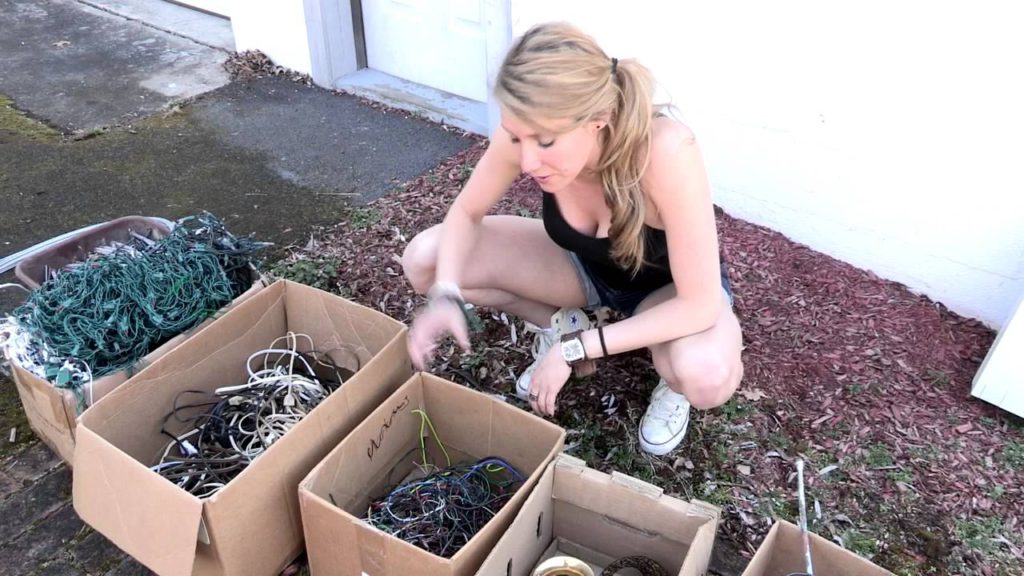
Does the recovery and recycling of metals really constitute an environmental benefit today, and under what conditions?
Modern electronic products can contain up to 60 different elements (in the sense of the elements of the Mendeleev table) and it is precisely the products that are the most demanding of precious metals!
Globally, 80% of indium is intended for electronic products (LCD), more than 80% of ruthenium is used in hard disks. Some of these metals are essential for renewable energy technologies: selenium, tellurium, indium, platinum and ruthenium. For some of these metals (indium, ruthenium, bismut, tin), the market for electronic products has been a driving force in the increase in the prices of these raw materials.
Below is a list of important factors to consider regarding recycling metals.
- toxic and harmful substances are generally concentrated in electronic circuits
- the recoverable value of electronic waste is strongly correlated with metal prices
- mixing different categories of WEEE during collection and pre-treatment processes can have a negative impact on recycling yields
- legislation (RoHS) impacts the composition of materials (and therefore the equipment necessary for recycling) (for example, the restriction of the use of lead has caused an increase in the use of tin, copper, bismuth and money in solders)
- miniaturization and technical progress generate changes in the composition of materials. There is a trend towards a decrease in the absolute quantity of the weight of precious metals in the new models, but their relative quantity and diversity are rather increasing.
- new products or new generations of products introduce technological breakthroughs in recycling processes (ex CRT LCD)
There is another thing to consider, negative impacts related to optimized recycling and metal recovery. The CO2 emissions generated by the incineration of plastics are equivalent to those saved by the recovery of metals. Given the small number of factories, waste must travel a long distance to be treated, which considerably reduces the ecological benefits and in any case would create transfers of pollution or environmental impact.
What are the technologies currently used? Valuable metals can be recovered by various metallurgical processes (pyro, hydro or organic). Pyro-metallurgical processes include incineration of the assembly and extraction by fusion of the target metals.
The hydro-metallurgical processes include the dissolution and then the recovery of the target metals using acids, cyanide, halides, thiourea and thiosulphate.
The effectiveness of these methods depends on technological investments with very high risks of emission of dangerous components into the environment in poor quality installations. Waste management companies have to include heavy metal recycling within the highly regulated hazardous materials category. Services like dumpster rental in Fort Lauderdale or waste management offerings in Dallas may or may not allow you to recycle these metals, and you may need to contact your local government for advice.
In rich countries, bio-organic technologies make it possible to recover certain very specific metals at low cost: gold, lead and copper for example. In fact, although industrialists at the cutting edge of technology for extracting and refining metals can extract up to 95% of precious metals and copper and a good level of non-ferrous metals, the overall recovery rate precious metal never exceeds 50% due to the ineffectiveness of other stages of recycling. The case of mobile phones is particularly emblematic, with a recycling rate that did not exceed 1% in 2008! and which did not exceed 20% in 2012.
